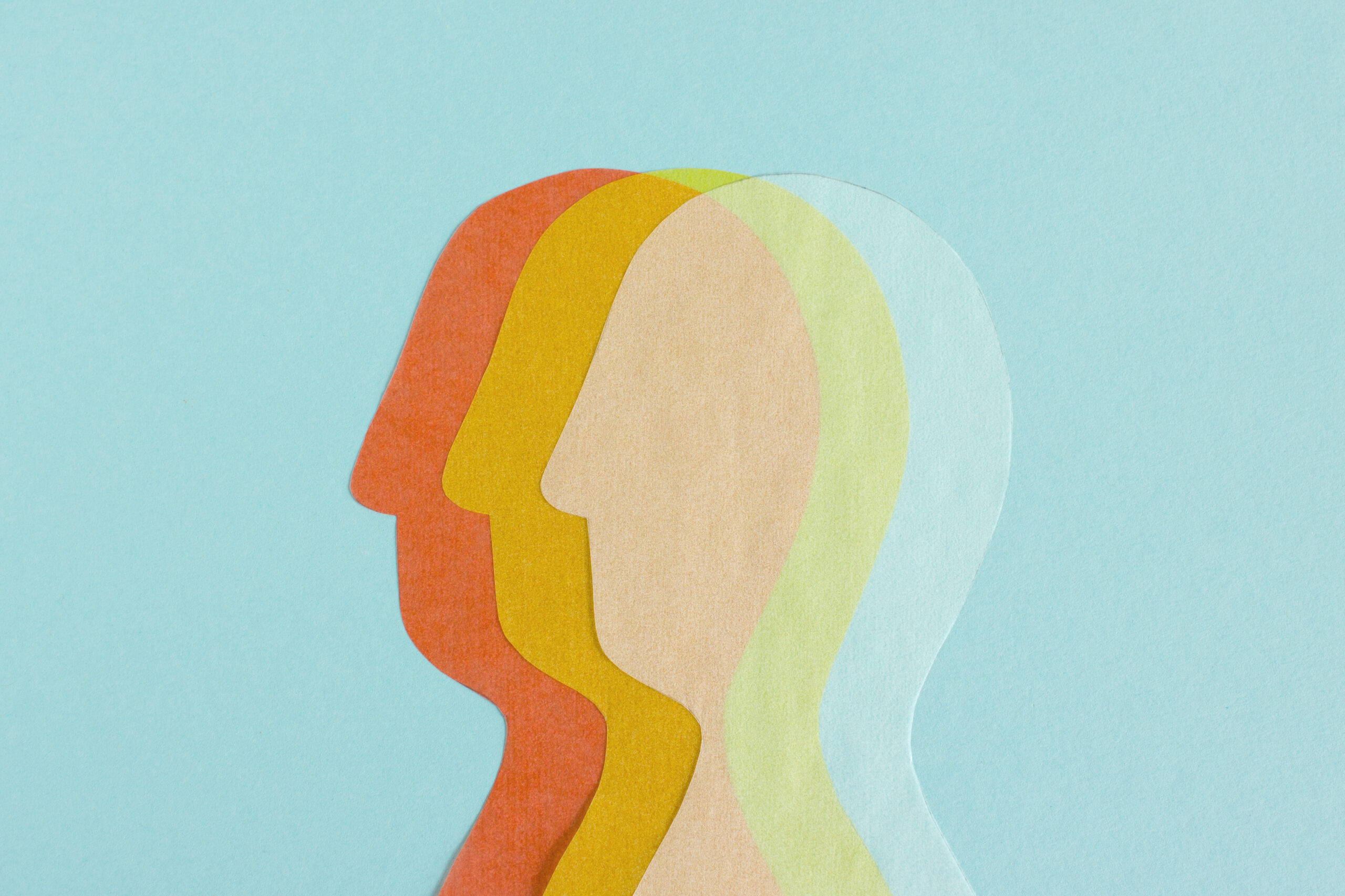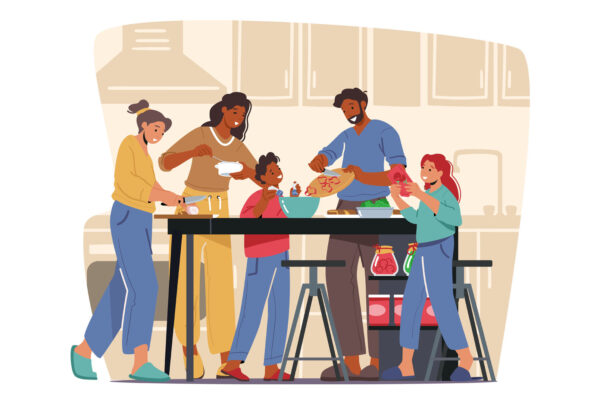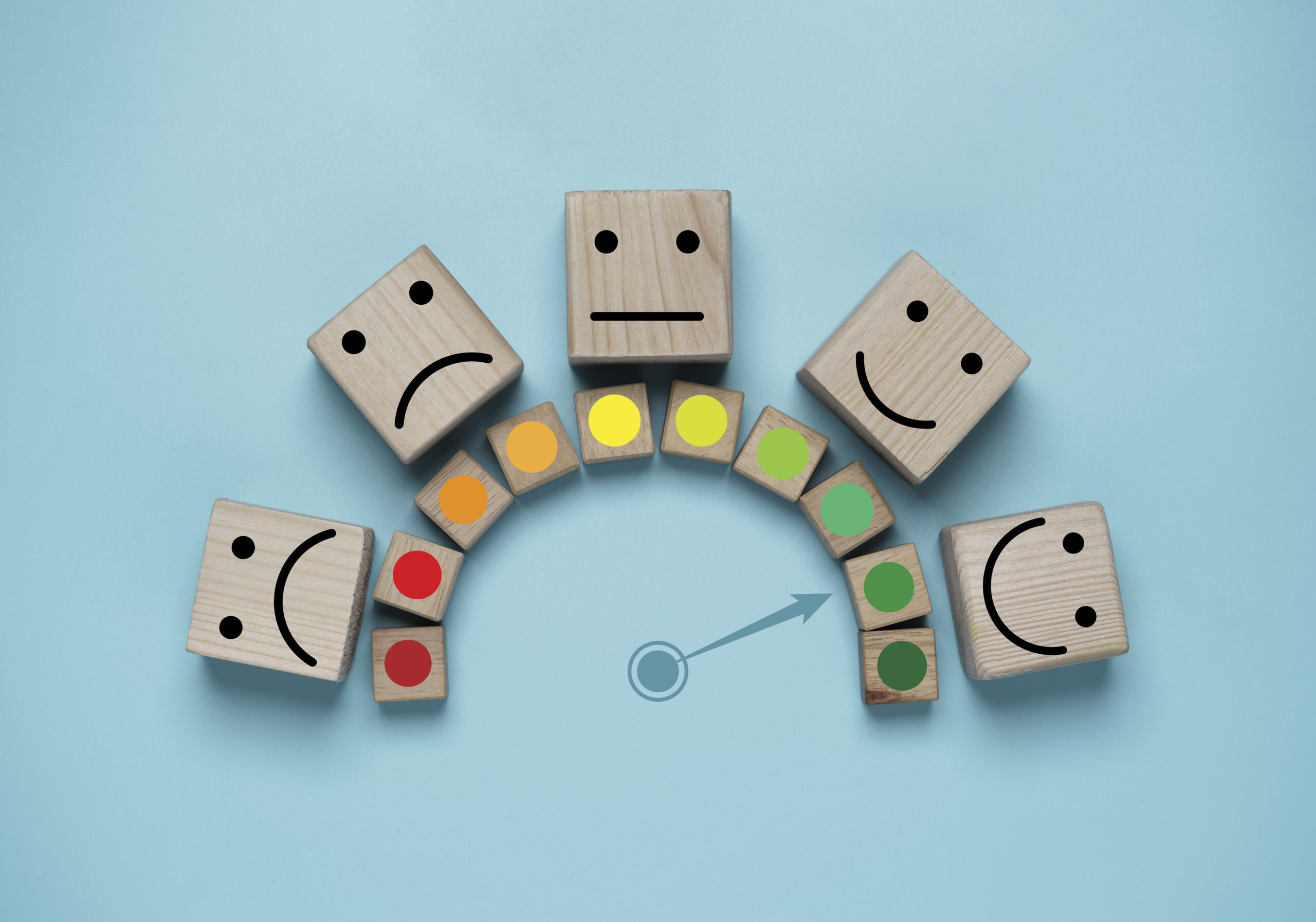There are ethical expectations after becoming a therapist which focus around unbiased thinking. Unbiased thinking refers to working with an individual or groups without projecting onto them our own ideals or judgments. We must be able to see each person as an individual in order to treat them with cultural and ethical competency.
Therapists must be able to look at any interaction with their clients as an interaction with a human being whose experiences are different than those that any other client -or their therapist – has had. Knowing the history of each client is a basic strategy to ensure that a therapist will have an individualized approach. This can be assured by taking time with the chart and information so that the therapist can ask questions and be educated on what may be encountered in future sessions. Therapists should attempt to avoid treatment that is repetitive and not individualized, and instead should take into account each person’s needs, culture, special population, background, etc.
Understanding the community that the therapist’s agency or center is working within, and the things that are important to that community (for example, nuclear families, or expression through art and music) can assist therapists in understanding the individual person that is walking through that door. It is essential to use skills such as validation and empathy when working with clients in order to better understand from where they are coming from, and assisting them as they move forward.
Why the need to do this though? The answer is in the numbers … numbers of documented need for mental health, and suicide.
The American Psychiatric Association (APA) has collected really profound and ultimately concerning data on mental health – numbers which indicate strongly that among individuals in Diverse Populations, mental health concerns are present but often people do not report them. According to the APA: “People who identify as being two or more races (24.9%), are most likely to report any mental illness within the past year than any other race/ethnic group, followed by American Indian/Alaska Native (22.7%), white (19%), and African American (19%)” (“Mental Health Facts for Diverse Populations”, 2017, p.1). These numbers show the importance of people letting people know that they are having trouble.
Looking at a different population – LGBTQ+ individuals – the rates of occurrence of mental health concerns also are striking. The APA found that “LGBTQ individuals are 2.5 times more likely to experience depression, anxiety, and substance misuse compared with heterosexual individuals” (“Mental Health Facts for Lesbian, Gay, Bisexual, Transgender, Queer/Questioning”, 2017, p.2). It is also reported that “Transgender individuals who identify as African American\Black, Hispanic\Latino, American Indian\Alaskan Native, or Multiracial\Mixed Race are at increased risk of suicide attempts than white transgender individuals” (“Mental Health Facts for Lesbian, Gay, Bisexual, Transgender, Queer/Questioning”, 2017, p.2), and “(LGBTQ+) individuals have higher rates of mental health service use than their heterosexual counterparts” (“Mental Health Facts for Lesbian, Gay, Bisexual, Transgender, Queer/Questioning”, 2017, p.2).
So why do people not get the help that they need? The APA reports that there are many barriers to care for diverse populations, including “lack of insurance or underinsurance, mental illness stigma which is often greater among minority populations, lack of diversity among mental health care providers, lack of culturally competent providers, language barriers, distrust in the health care system, and inadequate support for mental health service in safety net settings” (“Mental Health Facts for Diverse Populations”, 2017, p. 3). Within any of these reasons, individuals can feel as though this service is not working, and often will either walk away from mental health care all together or will stop care mid-treatment.
What is the impact of these barriers? The CDC reports that suicide rates (per 100,000) are “Non-Hispanic American Indian/ Native American 28.1, Non-Hispanic white 17.4, non-Hispanic native Hawaiian/other pacific islander 12.6, non-Hispanic multiracial 9.7, non-Hispanic black 8.7, Hispanic 7.9, and non-Hispanic Asian 6.8” (Center 2023, p.1). In addition, members of the LGBTQ+ community are “experiencing stigma and discrimination when accessing health services, less social supports, risk of violence, discrimination in the work place (which there is a lack of federal protections), and substance abuse” (“Mental Health Facts for Lesbian, Gay, Bisexual, Transgender, Queer/Questioning”, 2017, p.3). This research clearly shows that these barriers can result in the ultimate cost – someone’s life.
When looking at these numbers it is easy to see the need for unbiased thinking in therapeutic care. Again, by getting to know our clients by understanding the community that we are working in and reading their charts and information, we are creating an unbiased and nonjudgmental environment. Therapists will have a better understanding of what our expectations are, and what may be important to that person. Using skills like validation and empathy allow us to understand the individual we are treating as a person – not just as a client. This will ultimately assist in allowing that person to hopefully feel safe in our care, which is and should be our goal all along.
Emily S. has a master’s degree in psychology, and currently serves as Clinical Training Manager in KidsPeace’s Organizational Development and Training (OD&T) department.
Additional Contributions by Jodi Whitcomb
References
Centers for Disease Control and Prevention. (2023, April 6). Suicide data and statistics. Centers for Disease Control and Prevention. Retrieved April 18, 2023, from https://www.cdc.gov/suicide/suicide-data-statistics.html
American Psychiatric Association . (2017). Mental Health Facts for Lesbian, Gay, Bisexual, Transgender, Queer/Questioning (LGBTQ. Psychiatry.org – Mental Health Disparities: Diverse Populations. Retrieved April 18, 2023, from https://www.psychiatry.org/psychiatrists/diversity/education/mental-health-facts
American Psychiatric Association . (2017). Mental Health Facts for Diverse Populations . Psychiatry.org – Mental Health Disparities: Diverse Populations. Retrieved April 18, 2023, from https://www.psychiatry.org/psychiatrists/diversity/education/mental-health-facts






